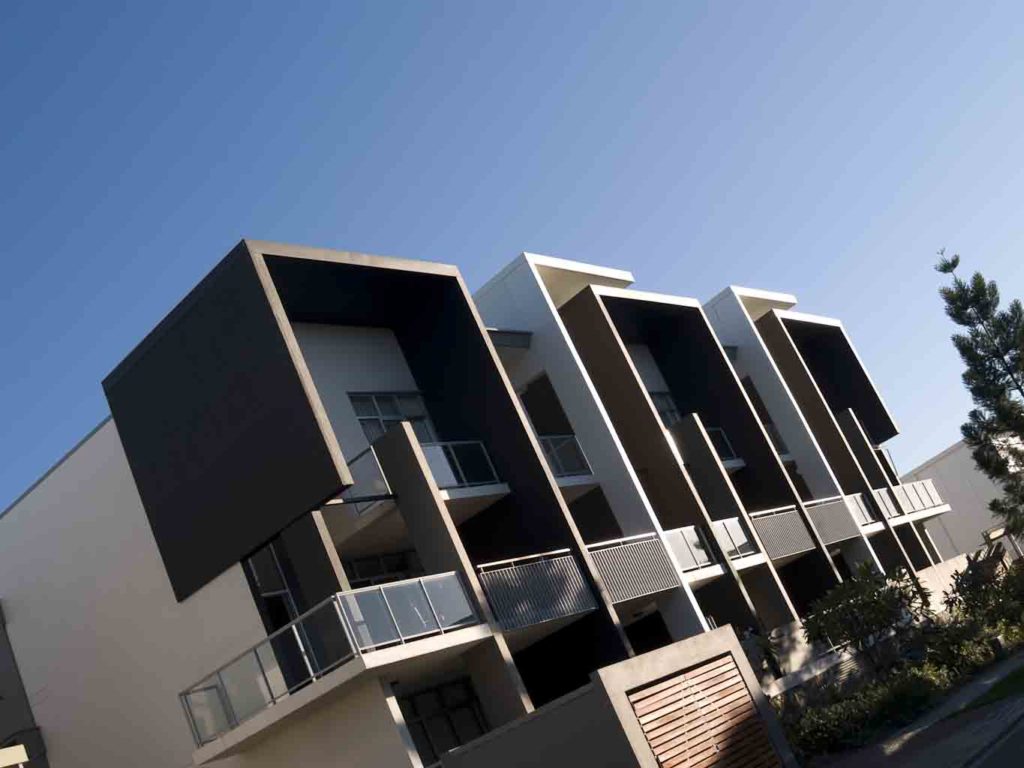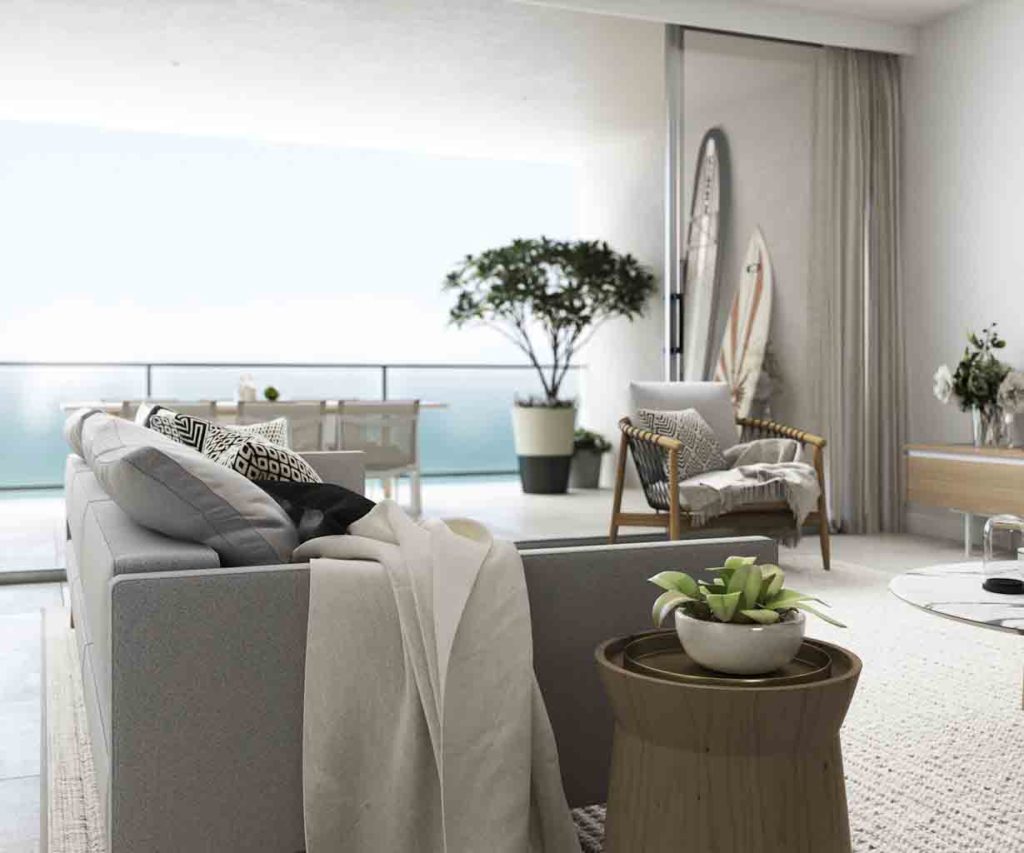REAL ESTATE
Dual Living homes

WORDS: David Higgins PHOTOGRAPHY Supplied
Why is this Property trend on the rise?
There’s strong underlying demand for dual-occupancy detached housing in Australia. Dual-occupancy detached housing provides two separate residences on the same titled allotment. A main residence and an ancillary dwelling are supplied, in which the ancillary or secondary dwelling is smaller than the main residence.
Dual occupancy residences allow those stepping onto the property ladder to pay off their mortgages quicker through the benefit of having an additional income stream. Alternatively, they can also choose to leverage the property to upgrade to a better home, enabling them to rent out both sides of the property to finance their new home loan.
Dual living properties with a strata title are also attracting self-managed super funds, some overseas investors, as well as families who are looking for a holiday home. Even the younger generation can benefit from dual-income living.
Metricon, Australia’s largest home builder reports that there has been an increased demand in duplex and dual occupancy properties, as buyers seek to maximise the value of every square metre. Dual living utilises valuable land and provides additional accommodation, while still adhering to council regulations.
Benefits of dual living for downsizers:
- Dual occupancy gives downsizers a way to downsize without leaving the family home, as the home and yard are split into two smaller dwellings
- You can generate a steady income stream
- Downsizers may choose to rent out to their children, to help them get a foot on the property ladder for a reduced rate while saving for a deposit
- Added security of having extra people in the home, particularly if on vacation
- Giving downsizers an income producing asset after they’ve moved on to a retirement home
Typically, up to five bedrooms and between two and three cars (on site) are permitted in a dual-occupancy detached house; with the secondary dwelling having one or two bedrooms. The underlying demand for dual-occupancy housing is very high and rising. Councils across Australia have their own regulations when it comes to approval for dual occupancy dwellings.
Research suggests this demand could be as high as 25%, yet less than 5% of Australia’s existing housing stock successfully caters to this market. For investors, dual-occupancy product provides a much higher rental return than most other housing types. For end users such dwellings appeal to multi-generational households.
This product also appeals to owner-residents (and especially first home buyers or empty nesters) who want a tenant to help pay their mortgage. The current activity suggests that demographics play a vital role in shaping future housing demand.
So what will Australia’s housing demographics look like over the next decade?
Latest research shows that baby boomers, who were helping drive generic house price growth over the past two decades, are now starting to downsize and/or retire. As a result, the size of both the downsizer and retirement housing market will continue to grow over the coming years. Also coming through are the first homebuyers. It’s expected to see the largest growth in the coming decade.
Also the average age of a new overseas migrants (this looks to be is increasing) is 29 years – meaning more potential first home buyers.
David believes, ‘that most aging baby boomers look to downsize/retire in their local area’.
However, trading in their detached home for a tight apartment in a high rise, is too much of a change in housing for some.
A ‘middle ground’ product is also available. Better still, is one which can accommodate a relative, grandchildren, visitors, a tenant and in due course, a live-in carer. First homebuyers often need assistance to help pay the mortgage.
The market outlook is that over the next decade more housing that fits between a small apartment (in large, soulless complexes) and traditional detached homes will be needed.
This housing is often referred to as the ‘missing middle’. Some suggest that the demand for housing that caters for sharing is high – in places it could be up to 25% – over the next decade. At present, less than 5% of Australia’s existing housing is geared towards this market.
Looking forward, many Australians will be forced to compromise on their housing. This is already happening in many locations including the Gold Coast. So not surprisingly dual-occupancy property is looking more promising rather traditional housing. This can also apply to owner-occupiers as well as investors.
For investors, dual-occupancy product already shows higher returns than most other housing types. More people are sharing accommodation and a key to getting a better rental yield is to hold property that facilitates sharing.
Two sources of rental income are often better than one. They should try to purchase a property with strong owner-resident resale appeal.
This increasingly will mean a dwelling that appeals to broader family living arrangements.
* David Higgins is Director Residential at Colliers International. Contact: [email protected] or tel: 0412723923.













